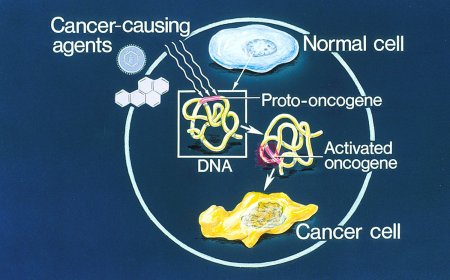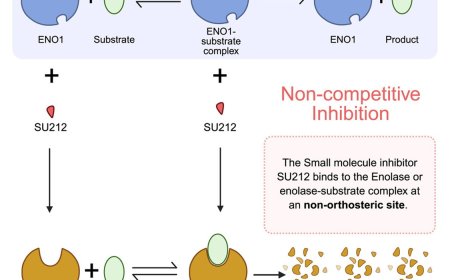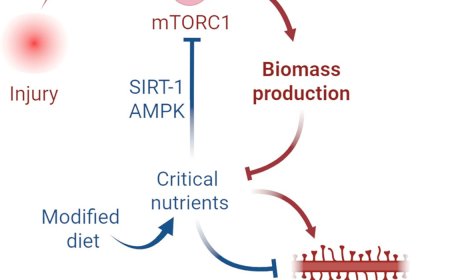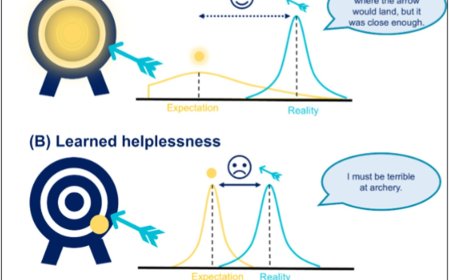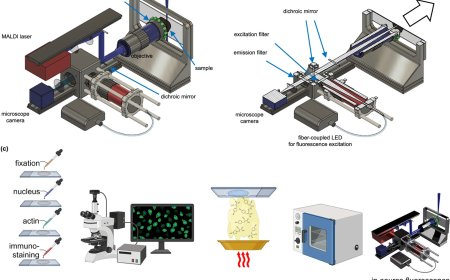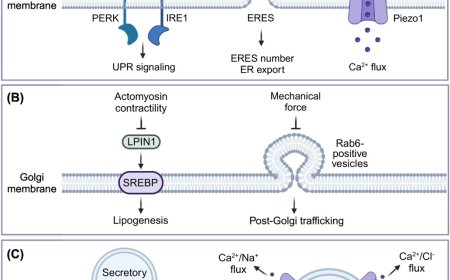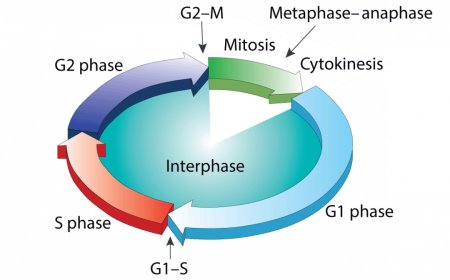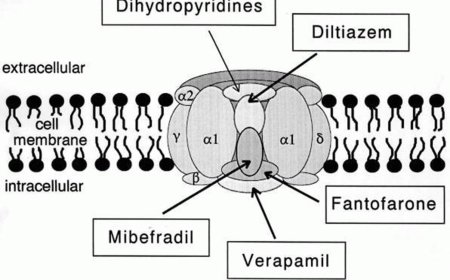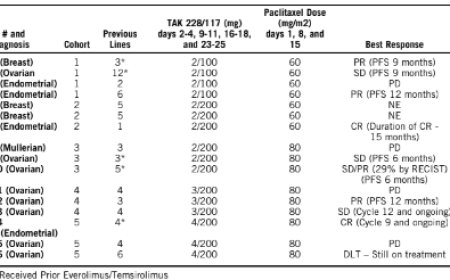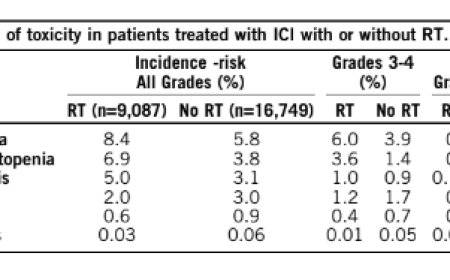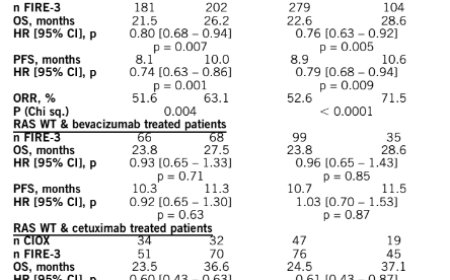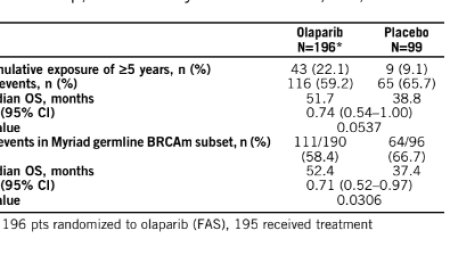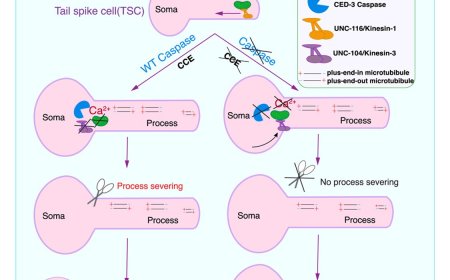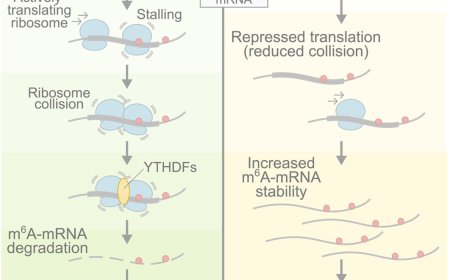Eliminating excessive scarring during wound healing
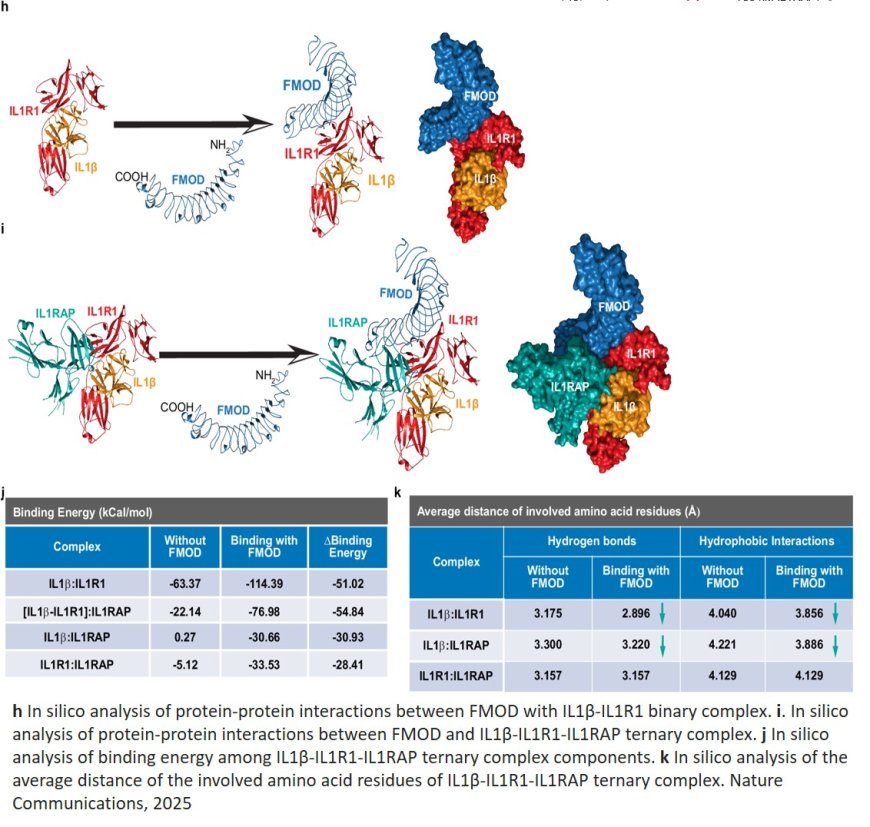
In previous studies, the researchers had described the critical role of FMOD in enabling scarless fetal-type repair as well as preventing excessive scarring during adult-type repair.
For this new study, the researchers investigated the effects of FMOD on myofibroblasts, a key cell in healing and scar formation. Myofibroblasts should die off after a wound heals, but they can continue forming tissue long afterwards, leading to excessive scarring.
The study published in Nature Communications identifies a protein that helps prevent excessive scarring. The protein, called fibromodulin (FMOD) forms a complex of molecules with interleukin 1β that stops myofibroblasts from forming excessive scar tissue.
In small and large animal models, the authors show that fibromodulin induces myofibroblast apoptosis after wound closure to reduce scarring. Mechanistically, fibromodulin accelerates and prolongs the formation of the interleukin 1β-interleukin 1 receptor type 1-interleukin 1 receptor accessory protein ternary complex to increase the apoptosis of myofibroblasts and keloid- and hypertrophic scar-derived cells.
This publication explores the crucial role of naturally occurring fibromodulin in regulating a key scar-forming cell, the myofibroblast. This, combined with our team’s FDA-approved clinical study using a fibromodulin-derived peptide in 54 patients for scar reduction, demonstrates a significant leap in potential treatments for patients with excessive scarring, “ the author said.
https://www.nature.com/articles/s41467-025-58906-z
https://sciencemission.com/Fibromodulin-accelerates-myofibroblast-apoptosis
